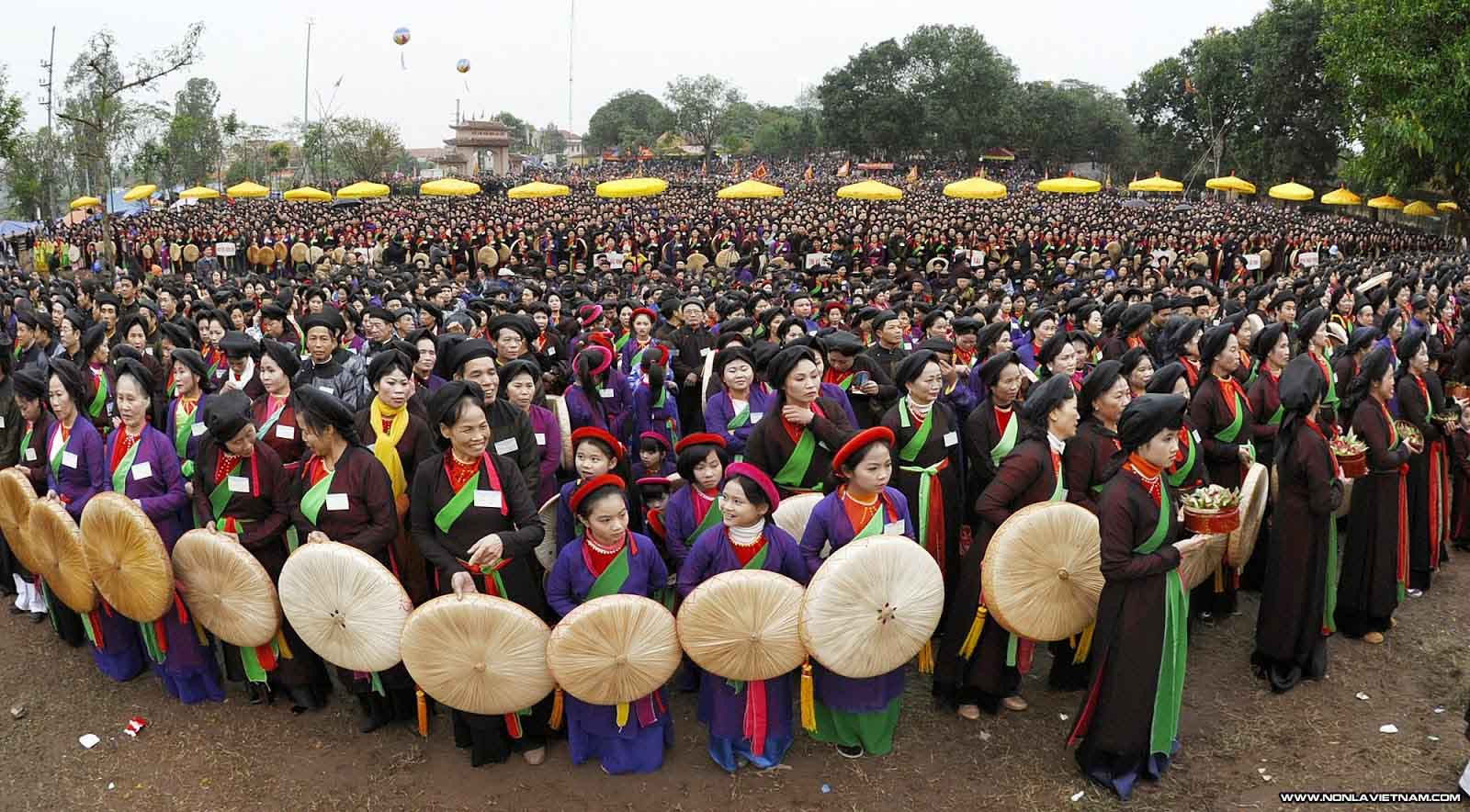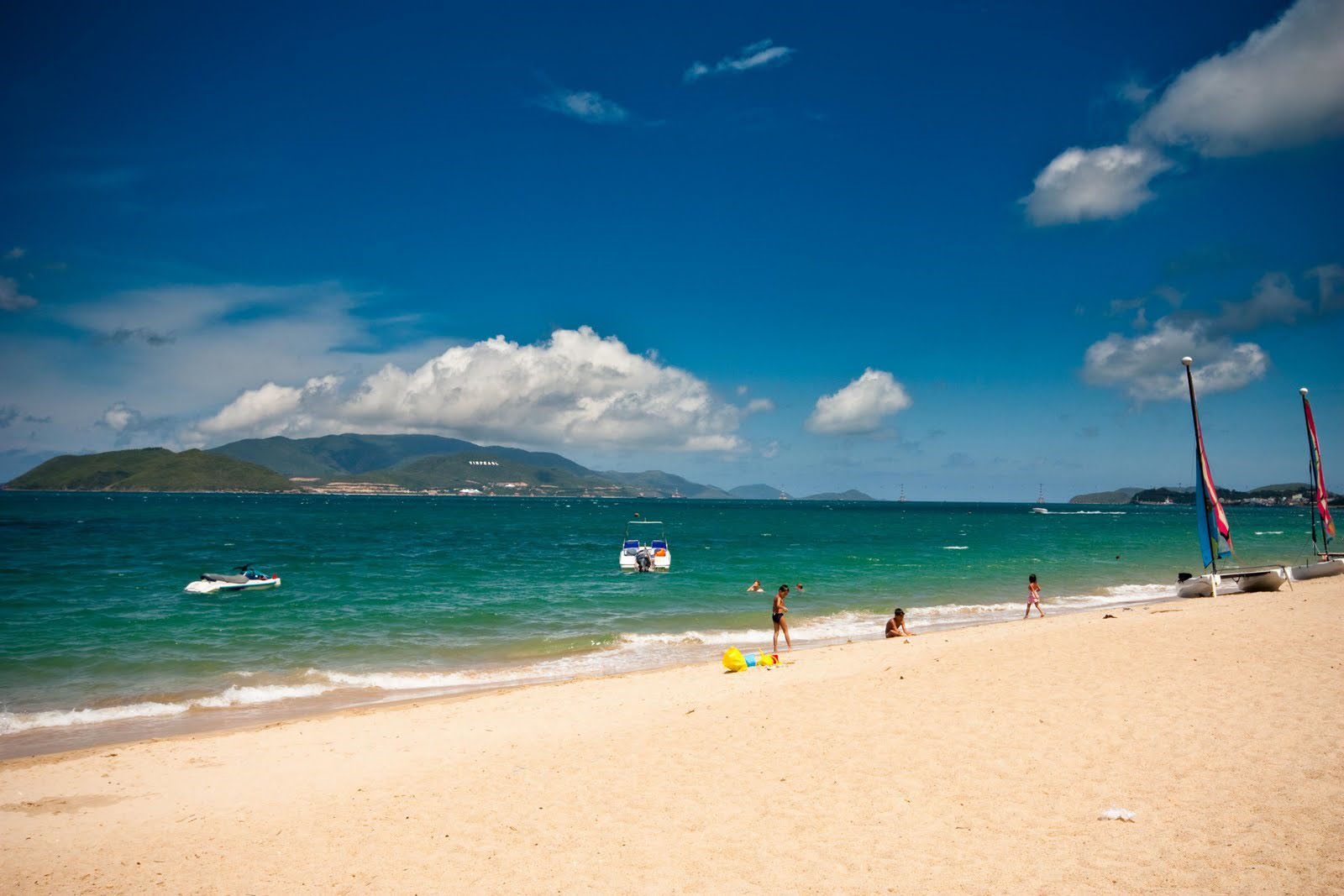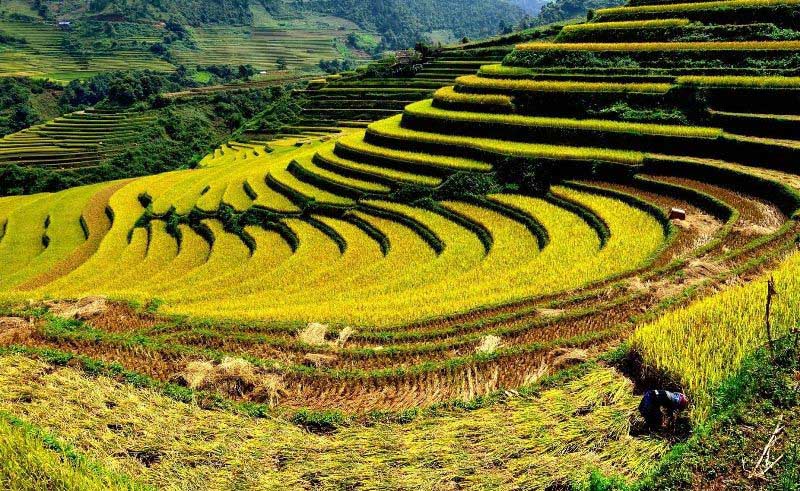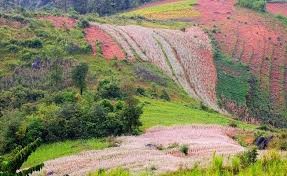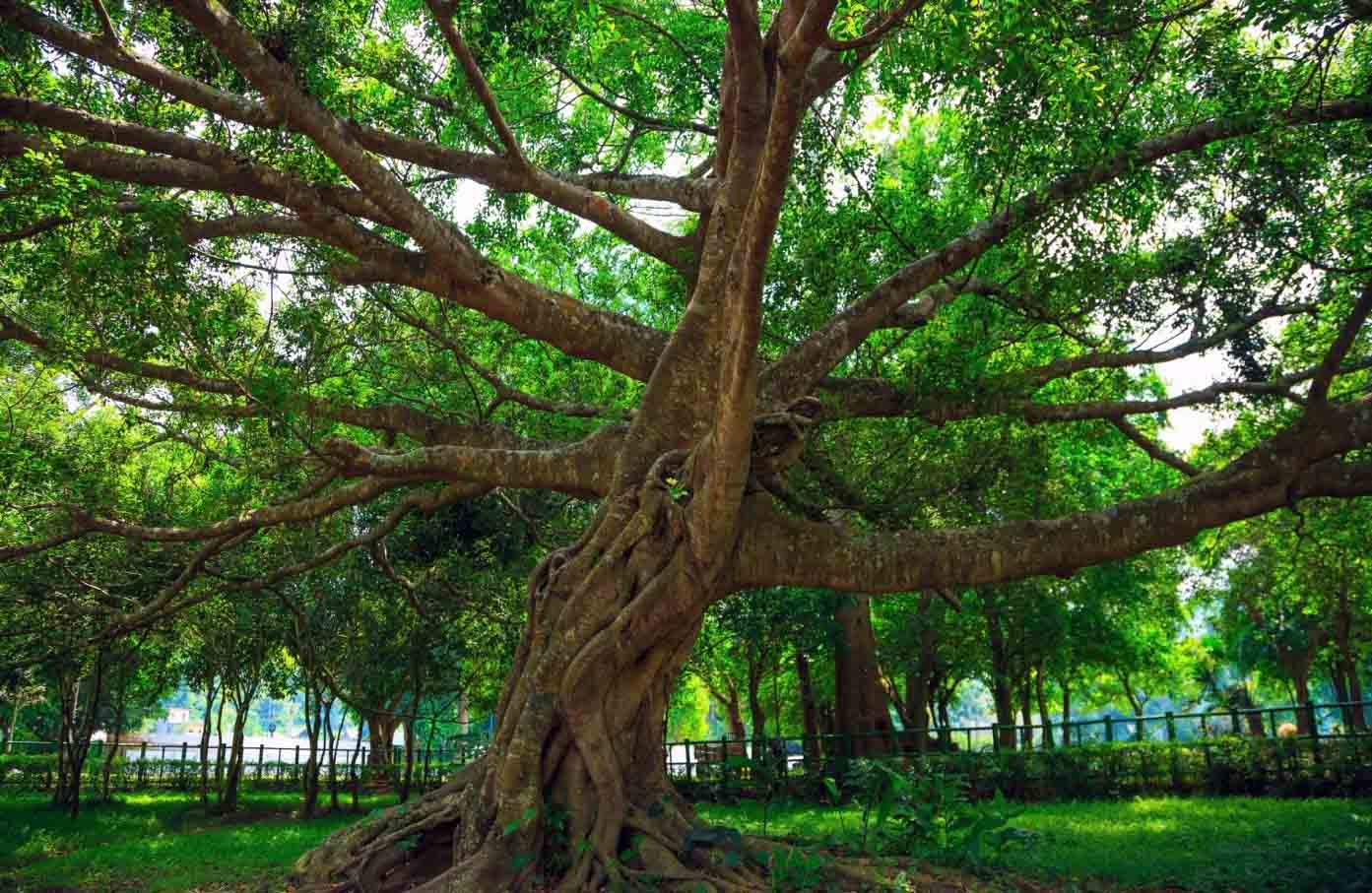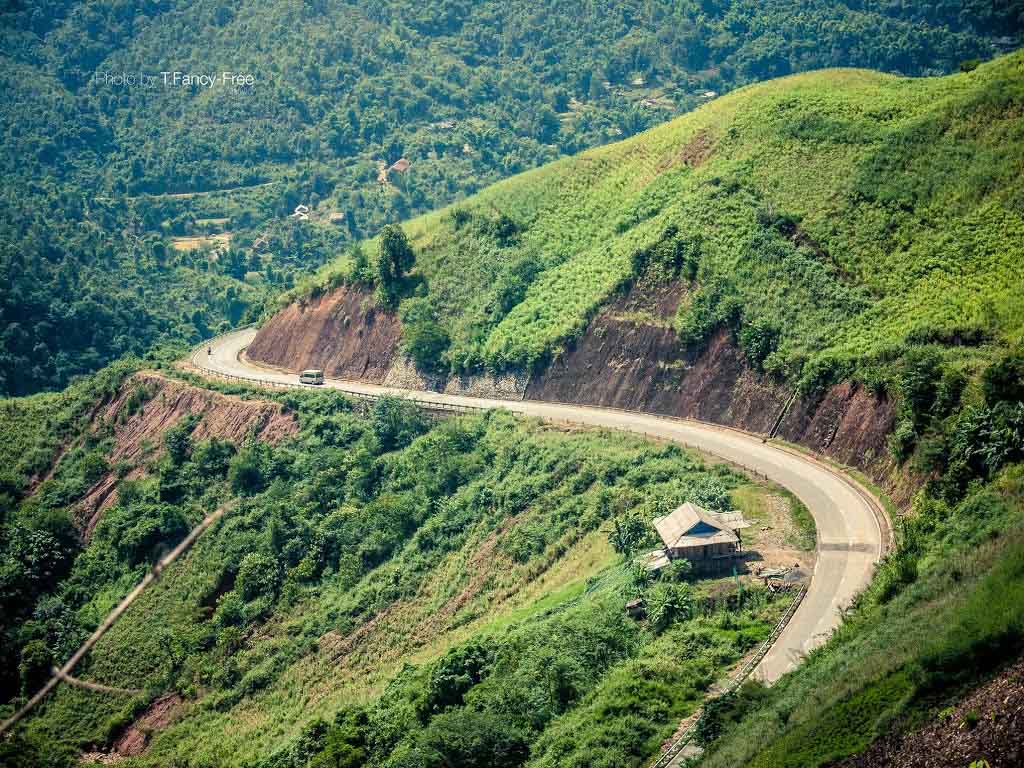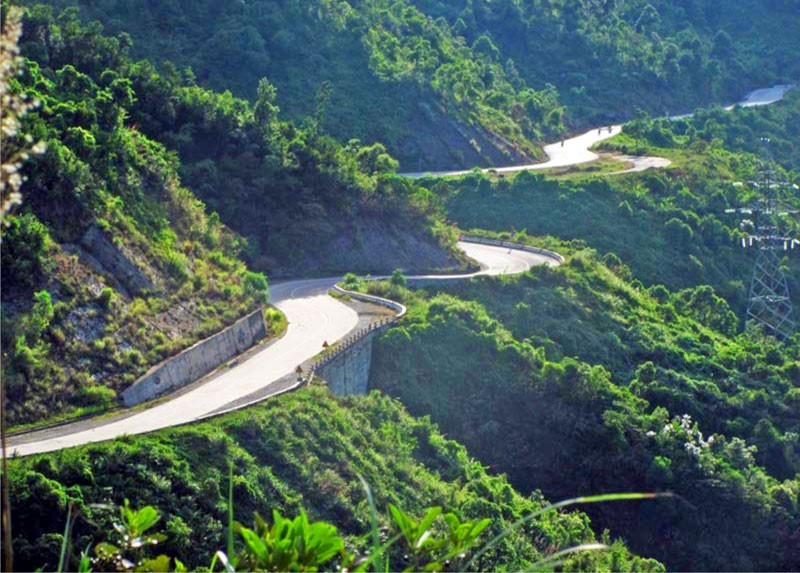Cat Ba National Park
Alternative site name(s)
None
Province(s)
Hai Phong
Area
15,200 ha
Coordinates
20o44' – 20o51'N, 106o58' – 106o45'E
Distance(s)
From Hai Phong City
From Halong City
From Hanoi
Eco-tours
Trekking, Kayaking… Contact us for more information
Topography and hydrology
Cat Ba National Park is located in Cat Hai district, Hai Phong city. The national park is centred on Cat Ba island, a 28,500 ha island, which lies 20 km due east of Hai Phong city and immediately to the west of Halong bay. The national park also incorporates some of the small islands and marine waters situated to the east of Cat Ba island.
Like Halong bay, the landscape of Cat Ba National Park is dominated by karst limestone islands rising abruptly from the sea. The topography is rugged and marked by steep outcrops and areas of bare rock. The national park ranges in elevation from sea level to 331 m at the summit of Mount Cao Vong.
As is typical in well developed karst landscapes, drainage patterns are complicated by subterranean passages, which probably account for most of the drainage in the national park. The centre of Cat Ba island is no more than 5 km from the coast, and surface drainage is poorly developed and seasonal.
Biodiversity values
Cat Ba National Park supports a diversity of natural habitats, including forested hills, small freshwater lakes, freshwater swamp forest, mangroves, sandy beaches and coral reefs. The main natural vegetation type on Cat Ba island is limestone forest. To date, 839 vascular plant species have been recorded at the national park, including 25 species listed in the Red Data Book of Vietnam.
Due to the isolated nature of the island and high levels of hunting, the diversity and abundance of mammals at Cat Ba are low compared to other national parks in Vietnam. Scientists report that the only ungulates on the island are Southern Serow Naemorhedus sumatraensis, Eurasian Wild Pig Sus scrofa and Red Muntjac Muntiacus muntjak but that only the former is common.
Of highest importance from a conservation perspective, Cat Ba National Park supports the only known population of Cat Ba Leaf Monkey Trachypithecus poliocephalus in the world. The results of a detailed survey of this endemic primate in 1999 and 2000 indicate that the total population of Cat Ba Leaf Monkey is only between 104 and 135 individuals, including only 50 to 75 adults.
The limestone habitats at Cat Ba National Park are important for a number of invertebrate taxa. A survey in 1998, for instance, revealed that, because of an abundance of suitable moist niches within the limestone forest, the national park had a rich and diverse snail fauna.
Other documented values
Each year, Cat Ba island receives large numbers of domestic and overseas tourists. A significant proportion of these tourists visit the national park, either on foot, along one of the hiking trails, or by boat, through the marine component. The national park can, therefore, be considered to be making an important contribution to the island's economy.
More guide...
Responsible Travel
Asia Travel News



